-
Imagine a farm where nothing truly goes to waste. Where every byproduct, every leftover from field or animal, is seen not as a problem but as a valuable resource. This isn’t a futuristic fantasy; it’s the practical, innovative heart of the circular bioeconomy (CBE) in agriculture. For generations, much of agriculture has operated on a…
-
Climate change has intensified extreme weather events, creating unprecedented challenges for agricultural production. This article examines evidence-based approaches to managing crop stress during extreme weather events, focusing on practical interventions farmers can implement to mitigate losses and maintain productivity. Understanding Crop Stress Responses Crops respond to extreme weather through complex physiological mechanisms. Heat stress disrupts…
-
Cereal crops are fundamental to global food security but are susceptible to contamination by mycotoxins, secondary metabolites produced by pathogenic fungi, posing significant risks to human and animal health and causing substantial economic losses. Concurrently, agriculture is shifting towards more sustainable practices to reduce environmental impact and enhance resilience. However, the adoption of practices like…
-
Introduction Feeding a rapidly urbanizing global population presents immense challenges, including long supply chains, high transportation emissions, food deserts in cities, and the intensive resource use (land, water) of conventional agriculture [1]. Vertical farming, a method of growing crops in vertically stacked layers, often indoors under controlled conditions, emerges as an innovative solution. By integrating…
-
Introduction Modern food supply chains are complex, often global networks facing significant challenges related to transparency, traceability, food safety, and the verification of sustainability claims. Consumers increasingly demand information about where their food comes from, how it was produced, and its environmental and social impact. Blockchain technology, a decentralized and immutable digital ledger, offers a…
-
Introduction Livestock farming is a critical component of global food security and rural economies, but it faces significant sustainability challenges, including animal welfare concerns, disease management, resource inefficiency, and environmental impacts like greenhouse gas emissions [1]. Artificial Intelligence (AI) in livestock management involves leveraging smart technologies, data analytics, and machine learning algorithms to monitor, manage,…
-
Introduction: The Imperative for Smarter Farming Modern agriculture faces unprecedented challenges: feeding a growing global population estimated to reach nearly 10 billion by 2050, adapting to a changing climate, conserving dwindling natural resources like water, and minimizing environmental impacts such as nutrient runoff and greenhouse gas emissions. Conventional farming practices, often characterized by uniform application…
-
Introduction Agriculture faces unprecedented challenges in the 21st century: producing sufficient nutrition for a growing population while reversing environmental degradation, adapting to climate change, and ensuring economic viability for producers. While much attention focuses on crop production, livestock systems account for approximately 40% of global agricultural GDP and utilize 30% of the world’s ice-free land…
-
Introduction Agriculture faces an unprecedented convergence of challenges: feeding a growing global population, adapting to climate change, reversing environmental degradation, and ensuring economic viability for producers. Conventional agricultural practices have significantly increased productivity over the past century but often at substantial environmental and social costs, including soil degradation, biodiversity loss, water contamination, greenhouse gas emissions,…
-
Introduction The management of agricultural pests—including insects, pathogens, weeds, and vertebrates—represents one of agriculture’s most persistent and evolving challenges. Pests collectively reduce global crop production by an estimated 20-40%, threatening food security, farmer livelihoods, and agricultural sustainability. For decades, conventional pest management relied heavily on synthetic chemical pesticides, which, while effective in the short term,…
